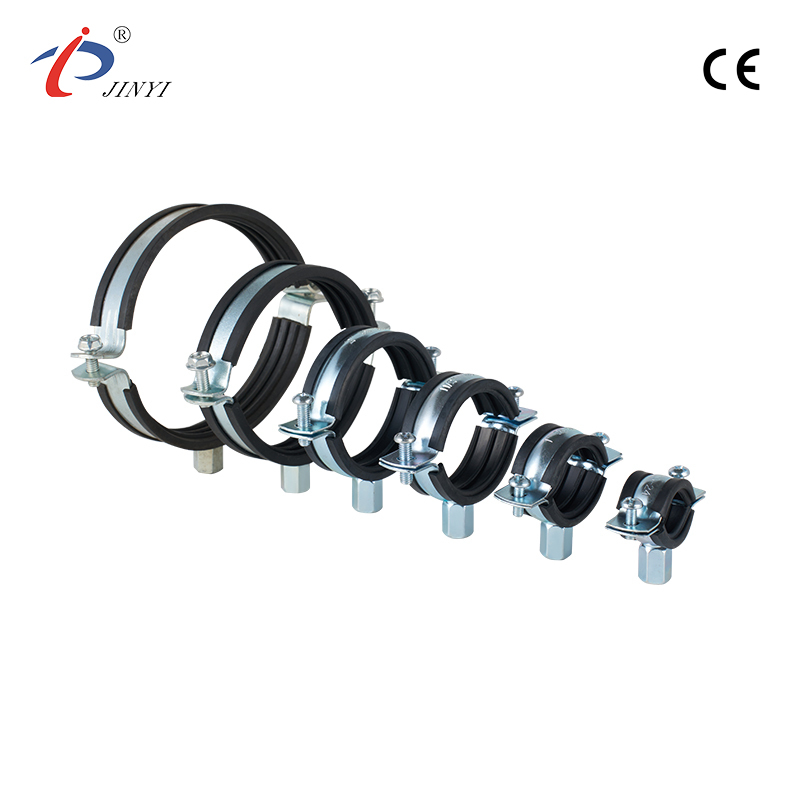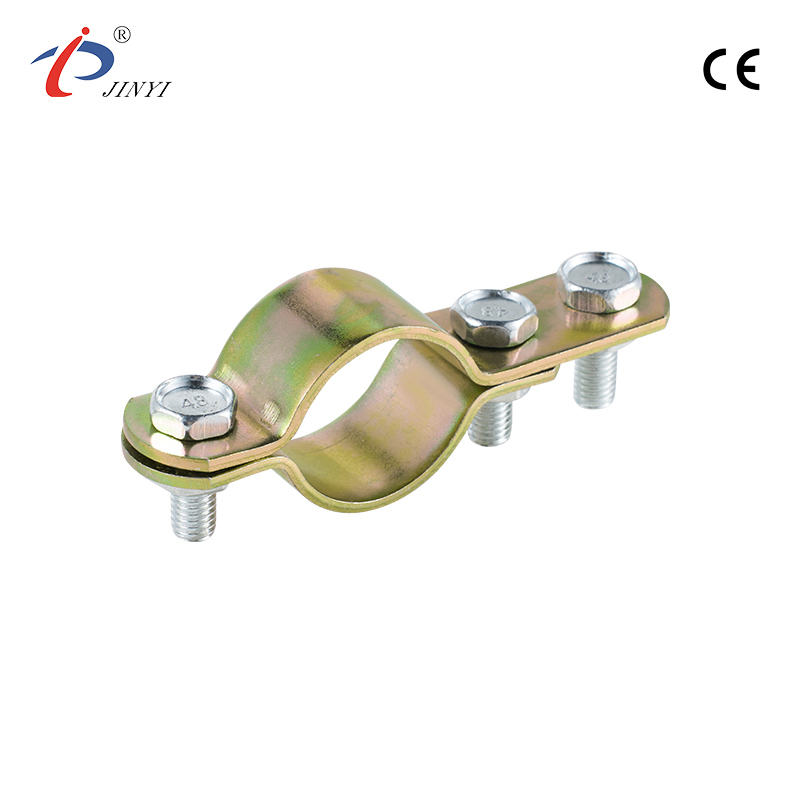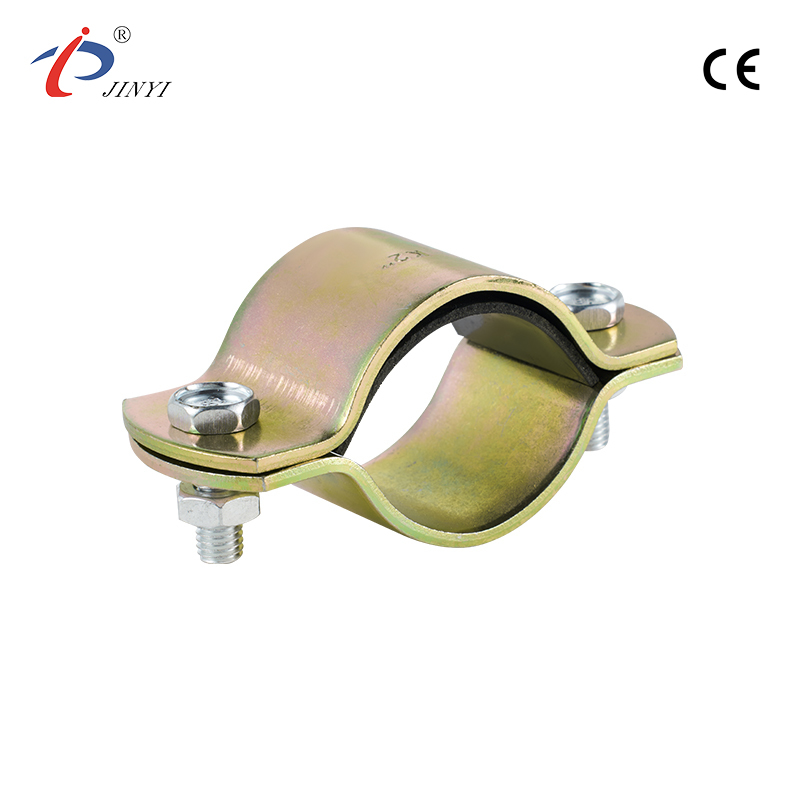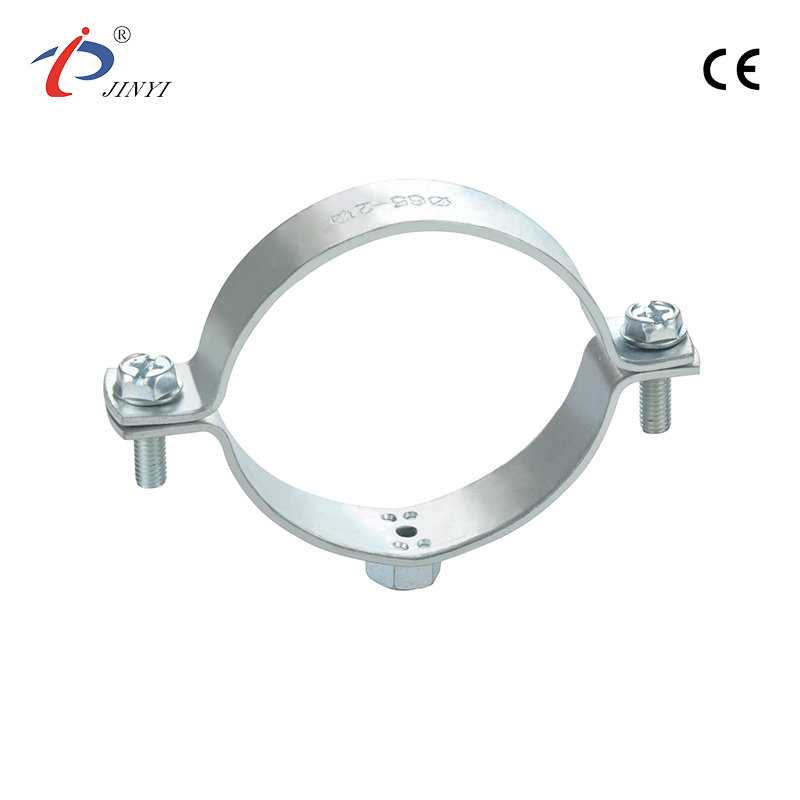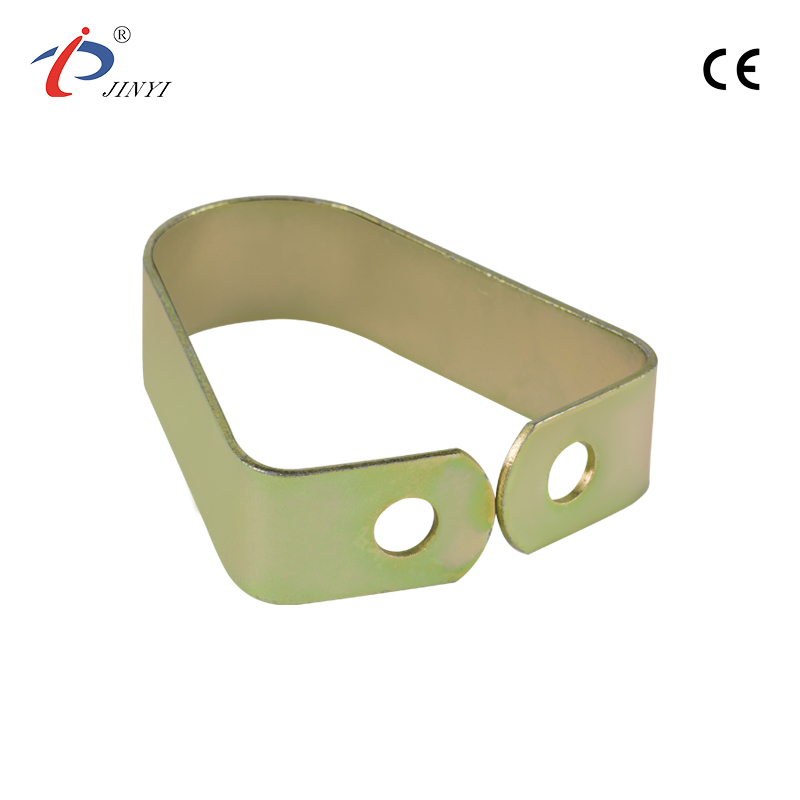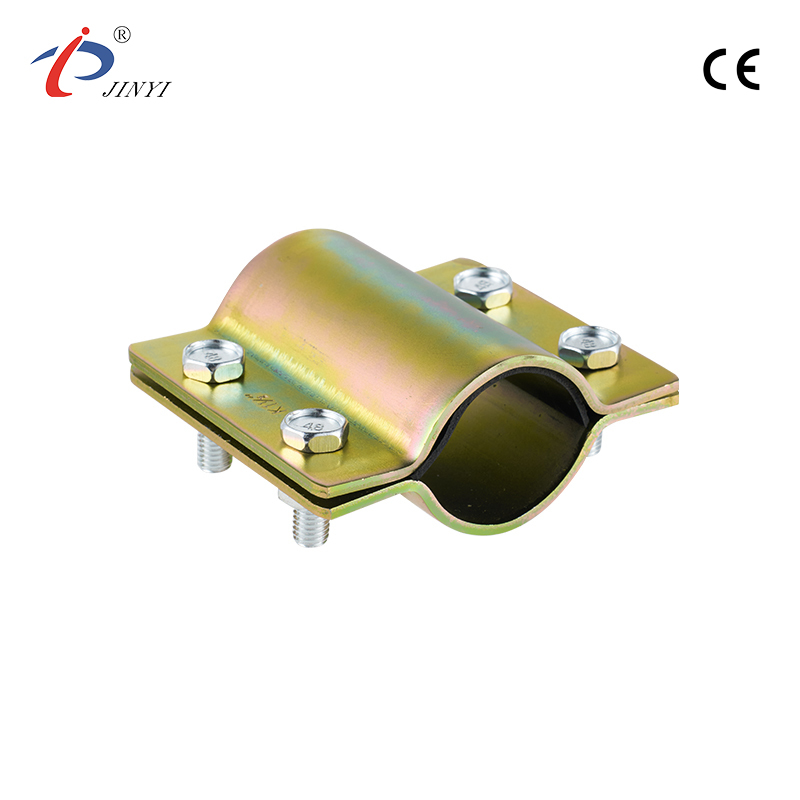Pipe Straps: The Unsung Heroes of Pipe Installation and Structural Support
2025-06-27
In the vast world of construction, plumbing, and industrial assembly, small components often play pivotal roles in ensuring safety, efficiency, and durability. One such essential yet often overlooked component is the pipe strap. These simple devices are foundational in securing piping systems, contributing to the stability and long-term performance of plumbing, HVAC, and electrical conduit installations across residential, commercial, and industrial projects.
While clamps and brackets may dominate headlines in fastening technology, pipe straps hold their own with unique benefits and specific use cases that make them indispensable.
Understanding the Pipe Strap’s Role
Pipe straps are designed to anchor piping systems to walls, ceilings, or floors. They are typically U-shaped or semi-circular in design and wrap around the pipe, fastening it securely to a flat surface. These straps come in various materials such as galvanized steel, stainless steel, copper, and plastic to match the requirements of the installation environment.
Unlike general-purpose clamps, pipe straps are specifically crafted to fit the diameter of piping, offering a snug and secure hold that resists movement, sagging, or vibrations over time. This level of fit is critical in maintaining the structural integrity of a pipe system and ensuring it remains leak-free and noise-free under stress.
Variety and Material Options for Every Application
One of the major strengths of pipe straps is the range of materials and designs available to meet industry-specific demands. For example:
Galvanized Steel Pipe Straps are commonly used in construction and plumbing projects due to their rust resistance and affordability.
Stainless Steel Pipe Straps offer corrosion resistance and are ideal for marine environments or chemical facilities.
Plastic Pipe Straps are lightweight, non-conductive, and suitable for indoor applications like electrical conduit or PEX tubing installations.
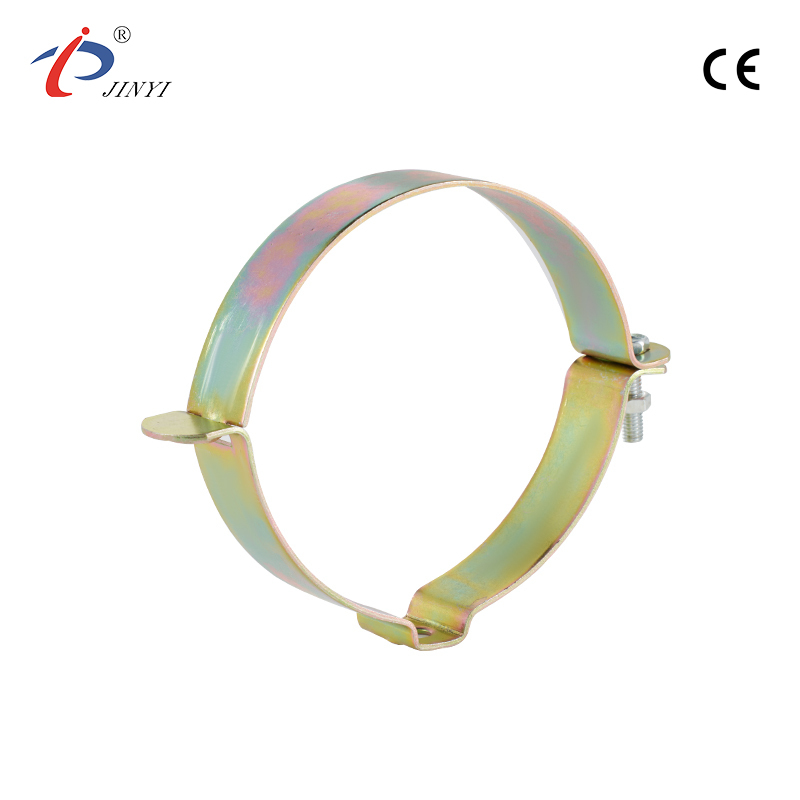
Copper Pipe Straps are often chosen in plumbing where copper piping is used, maintaining aesthetic consistency and compatibility with the piping material.
Additionally, there are single-hole and two-hole varieties, providing different levels of support depending on the length of pipe and mounting surface. The selection flexibility ensures that pipe straps are suitable for securing everything from small water lines to large HVAC ductwork.
Supporting a Range of Industries
Pipe straps are used across numerous sectors, each with unique challenges and safety requirements. In residential plumbing, they prevent pipes from rattling within wall cavities and ensure proper slope for drainage. In commercial HVAC systems, they secure ducting or refrigerant lines to walls and ceilings, vibration and wear.
In industrial plants, where high-pressure lines carry steam, gases, or chemicals, pipe straps contribute to the overall containment system’s safety, often working alongside seismic bracing and insulation components. Even in the electrical field, conduit straps are used to hold metal or PVC electrical conduits in place, protecting wires from movement and potential damage.
Advantages of Using Pipe Straps
While simple in design, pipe straps offer several advantages that elevate their utility in construction and maintenance:
Cost-Effectiveness: Pipe straps are low-cost components that deliver significant structural benefits, making them budget-friendly for large-scale projects.
Ease of Installation: With just a few screws or nails, a pipe strap can be quickly fastened, saving labor time and allowing faster project completion.
Space Efficiency: They hold pipes snugly against walls or ceilings, optimizing space usage, especially in tight or concealed installations.
Vibration Dampening: When properly installed, pipe straps minimize unwanted movement or vibrations, extending the life of the piping system.
Compliance: Using the correct type of pipe strap ensures code compliance in plumbing and electrical installations, which is crucial for safety inspections and building certifications.
Emerging Innovations and Standards
As construction methods evolve and building codes tighten, pipe strap manufacturers are responding with new innovations. Some modern straps feature insulated linings to reduce thermal bridging and prevent condensation. Others are pre-coated for added corrosion resistance in harsh environments.
There is also increasing focus on seismic-rated pipe straps, particularly in earthquake-prone regions. These products meet specific standards for anchoring and bracing, ensuring that pipe systems remain intact during seismic activity.
Furthermore, sustainability is becoming a priority, with some manufacturers now offering eco-friendly or recycled material versions of common pipe straps, helping contractors reduce environmental impact while maintaining performance.



 русский
русский  Español
Español 